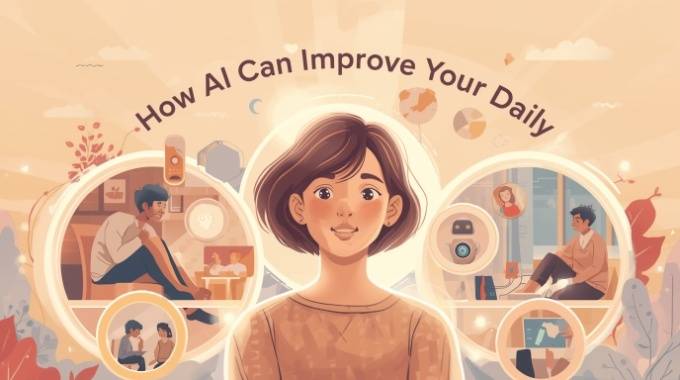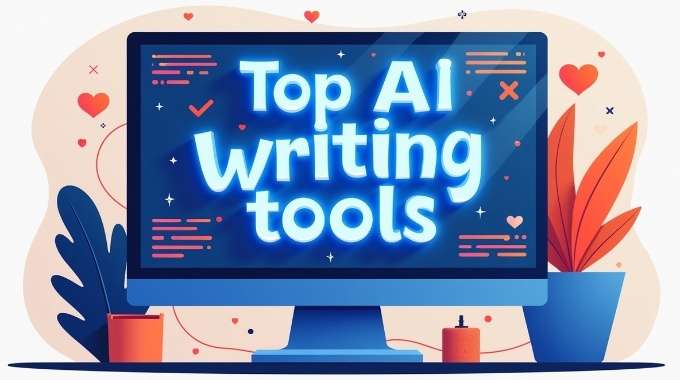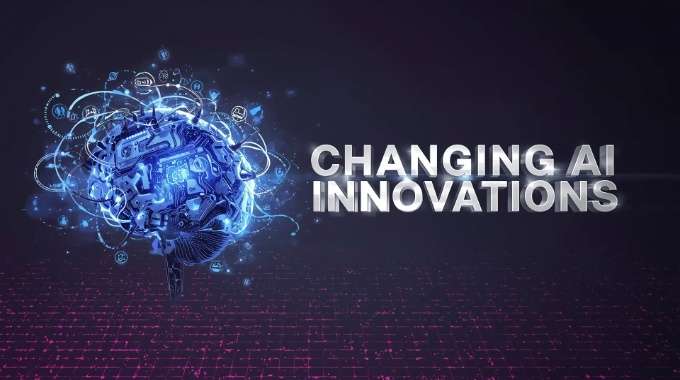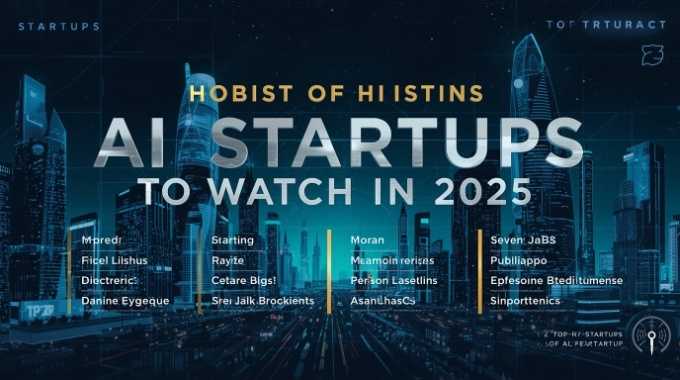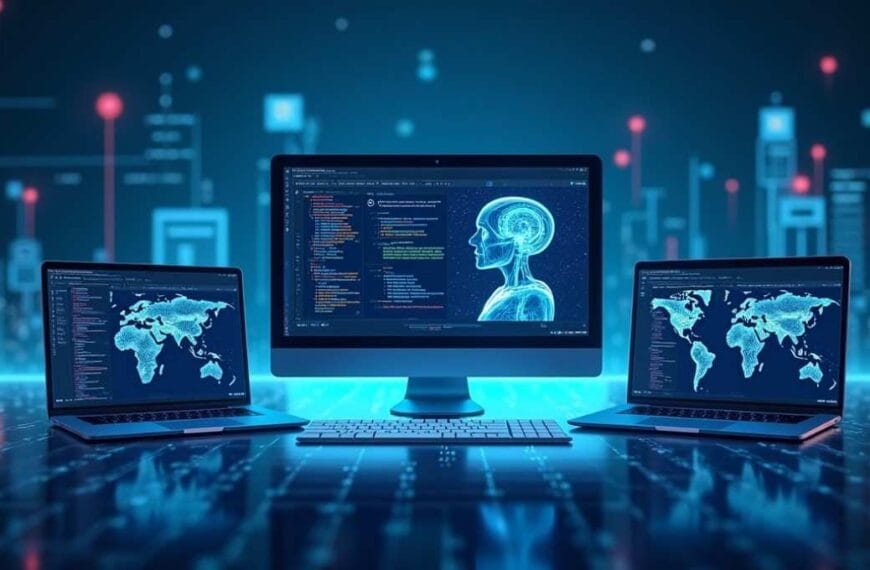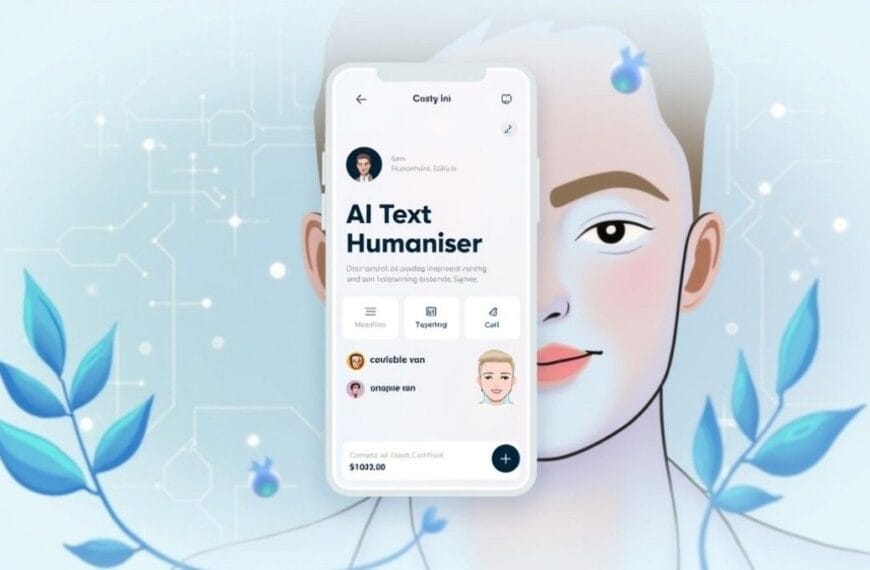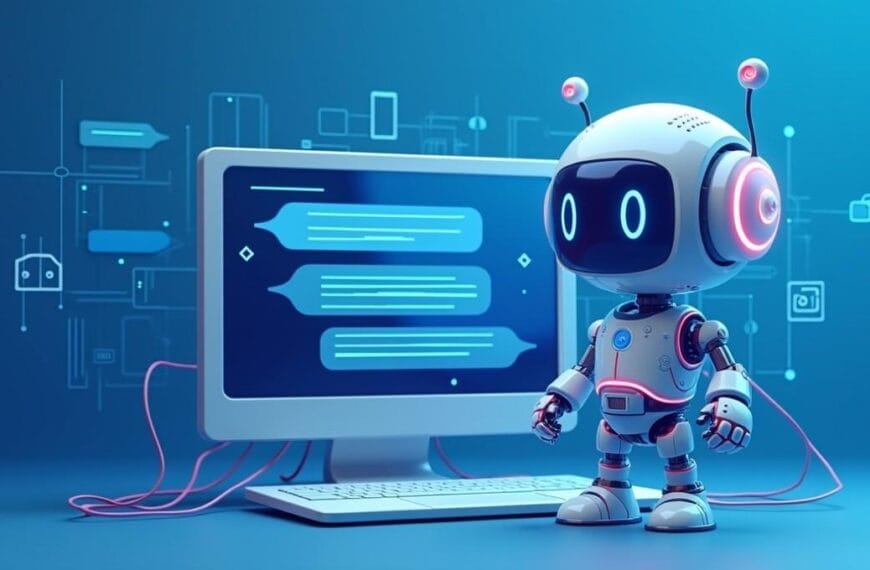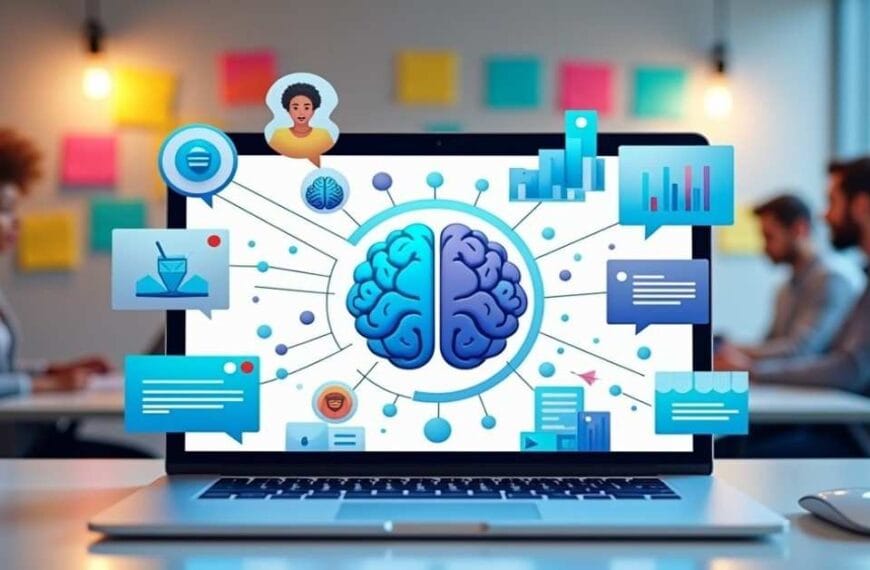AI can do crazy things now. Create art. Fix images. Clone voices. Even make humans who never existed.
But when people try to push it into wrong directions things turn ugly fast. Deepfake sites are one such example.
They look simple. Just upload a photo click generate and boom. But behind that one click there is a full chain of laws ethics and real harm.
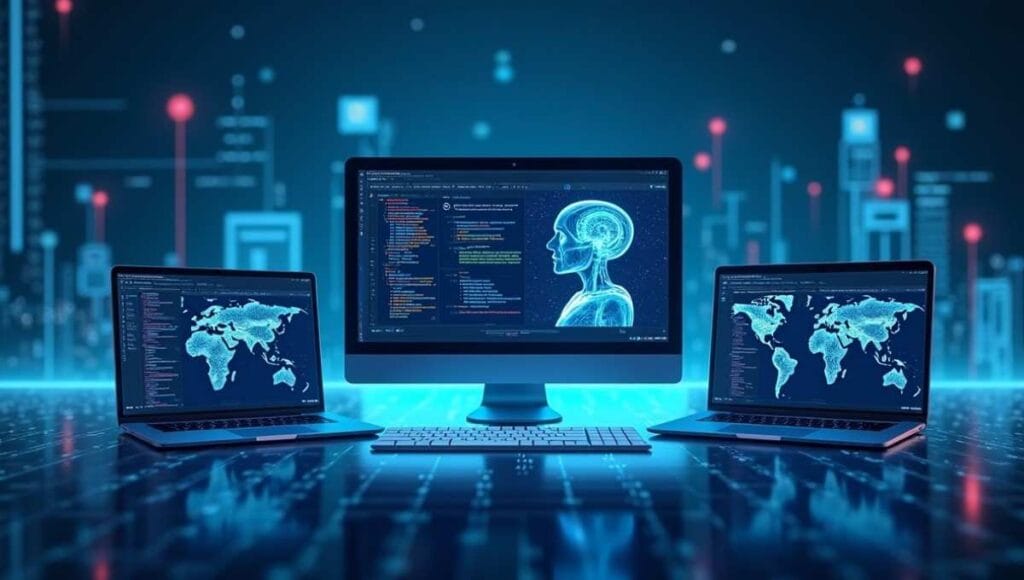
What Are AI Image Generator sites
AI image generator sites are tools that create pictures from text or samples. You type “girl in red dress on beach” and it makes one.
They use huge datasets of photos and learn patterns. Then they blend and build new ones that look real.
Tools like DALL·E Mid journey Stable Diffusion all do this.
And yes they can be creative powerful and fun.
But when someone trains or tweaks them to generate real human faces or use personal photos things go wrong.
When Creativity Turns Into Misuse
There is a fine line.
AI tools were built to help art and design not to break privacy.
But a few people found ways to use them to create fake photos of real people. Some did it for jokes. Some for revenge. Some for dark web money.
The internet spreads fast.
One fake image can ruin a person’s reputation in hours. Even if later proven fake it’s already out there forever.
That’s the real danger of deepfake sites.
Why People Try To Make Deepfake Sites
Curiosity. Money. Power.
Some just want to test the tech. Some want fame. Some want traffic from adult keywords.
They think it’s harmless code. They think no one will find out.
But AI doesn’t forget. The data trails are everywhere.
Every upload every API call every transaction gets tracked.
And if you make or host such a site law enforcement can trace it fast.
What Really Happens Behind The Scenes
Let’s say someone builds a site that claims to “generate fake AI photos.”
It may start as a small experiment. But soon users start uploading real people’s faces.
The system stores data on the server. Even if creator says “I delete all data,” logs stay.
Then complaints begin. Victims find out. Authorities get alerts.
The developer may face cybercrime notice. Hosting company suspends domain. Payment partners block account.
The entire thing collapses in weeks. Sometimes days.
The Legal Side — And It’s Heavy
Every country now is working on AI and privacy laws.
In India too things are changing fast. Under IT Act Section 66E sharing or creating obscene photos without consent is punishable.
Under IPC Section 354C voyeurism and digital manipulation is also covered.
In USA UK EU there are similar laws.
Creating fake sexual images using AI can lead to jail time fines or lifetime record.
It doesn’t matter if AI made it or not. Law treats intent and effect equally.
So making a deepfake site is not innovation. It’s digital crime.
Data Leaks and AI Models
When someone scrapes photos from internet to train an AI model they copy human data without consent.
This training data may contain faces of actors influencers common people.
So even if model doesn’t store single face exactly it learns from them.
That means output might look like someone who never gave permission.
And that’s another privacy breach.
The line between “generated” and “stolen” becomes thin.
How AI Companies Are Responding
Big AI firms now add safety filters.
DALL·E blocks adult prompts. Midjourney bans NSFW generations. Stable Diffusion has community rules.
But open-source models can still be edited.
People remove filters and make custom versions. That’s where misuse continues.
Companies are building watermark systems now.
So AI images will have hidden trace. It helps find the source when abuse happens.
Ethical Impact on Society
When deepfakes spread people lose trust in media.
You can’t tell what’s real anymore.
That’s dangerous not just for individuals but for democracy.
Imagine a fake video of leader giving wrong statement. It can crash markets start protests create chaos.
So the issue is bigger than just fake photos. It’s about truth itself.
Victims and Mental Impact
For people whose faces are used without consent the trauma is real.
They face bullying online shame at work emotional stress.
Even if images are fake society doesn’t wait to verify.
AI can make fake look real. But the pain it causes is real too.
Many countries now run awareness campaigns. Cyber helplines help victims get fake content removed.
But the internet never forgets completely. That’s why prevention is the key.
Can AI Detect Deepfakes
Yes AI can also fight AI.
Many new tools scan pixels detect lighting errors and identify generated patterns.
Companies like Intel Microsoft Google build detectors that flag fake visuals.
It’s like digital war — generator vs detector.
Every time one gets smarter the other upgrades too.
Soon browsers may have built-in fake image detection. So you will know before believing.
If You Try To Make One Anyway
Let’s be clear.
If someone still decides to make a deepfake site for money or “fun” they’re stepping into risk zone.
Here’s what happens usually
- Hosting provider blocks domain
- Payment gateway flags the account
- Users report on social media
- Cyber police tracks IP
- Legal notice or FIR follows
Even if you use VPN or foreign hosting authorities can still trace.
Because internet is global but laws are local and strong.
So what starts as idea to “make AI image site” ends as court case.
Better Use of AI Image Generator sites
AI is not evil. The use defines it.
You can make amazing things with same tech.
Create digital art for games posters marketing.
Help fashion designers visualize clothes.
Use AI to restore old family photos.
That’s the bright side.
AI can empower creativity. But cross the ethical line and it becomes weapon.
The Role of Regulation and Education
Governments now work with tech companies to build strong AI policies.
EU AI Act focuses on safety and transparency. India too plans Digital India Bill update.
Schools and colleges start teaching “AI Ethics” now.
People must learn early what’s right and wrong in digital creation.
Awareness is stronger than punishment.
What To Do If You Find Fake AI Images
If you ever see or become victim of AI fake photo
- Take screenshots as proof
- Report to cybercrime portal or local police
- Contact platform to remove content
- Don’t panic or blame yourself
Law is slowly catching up.
There are cyber cells trained for this.
Also spreading such image even for awareness can be punishable. So always report not repost.
The Future of AI and Human Responsibility
AI will keep evolving.
It will draw paint write even act in films.
But humans must hold control.
Tech should serve people not harm them.
Developers must set boundaries. Users must act with conscience.
AI can simulate face but not morality. That’s our part.
In future AI ethics will be as important as coding skill.
Companies will hire “AI responsibility officers.” Because building power is easy using it right is hard.
Final Thoughts
Building a deepfake or fake image site may look like simple project. But it carries real consequences.
Laws. Victims. Ethics. Reputation. Everything gets hit.
AI is changing world fast. We can’t stop it. But we can choose how we use it.
If you want to build something use it to help not to harm.
Because once you lose trust online you lose everything.
AI is mirror. It reflects who we are.
So choose wisely what you teach it to create.



